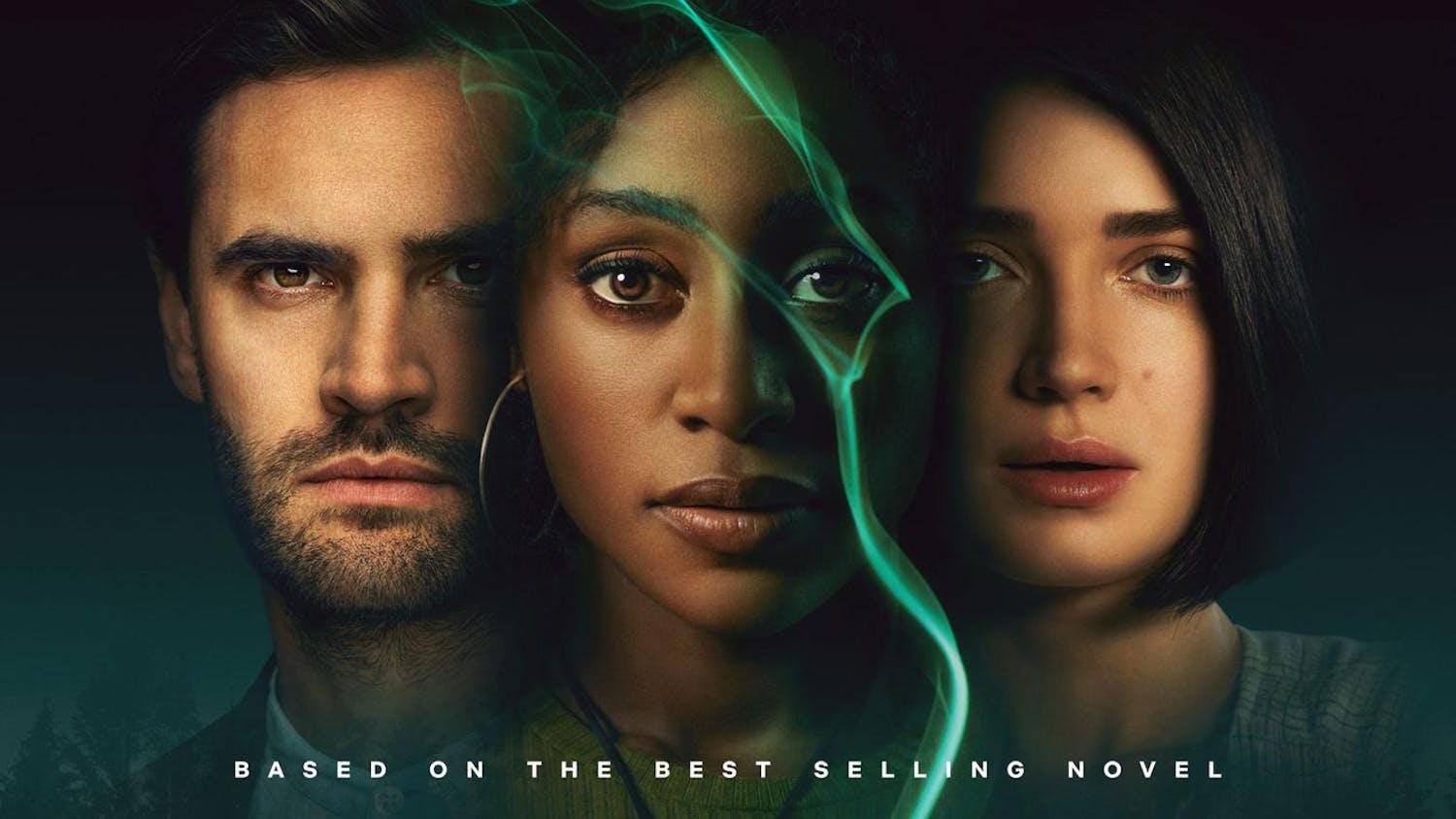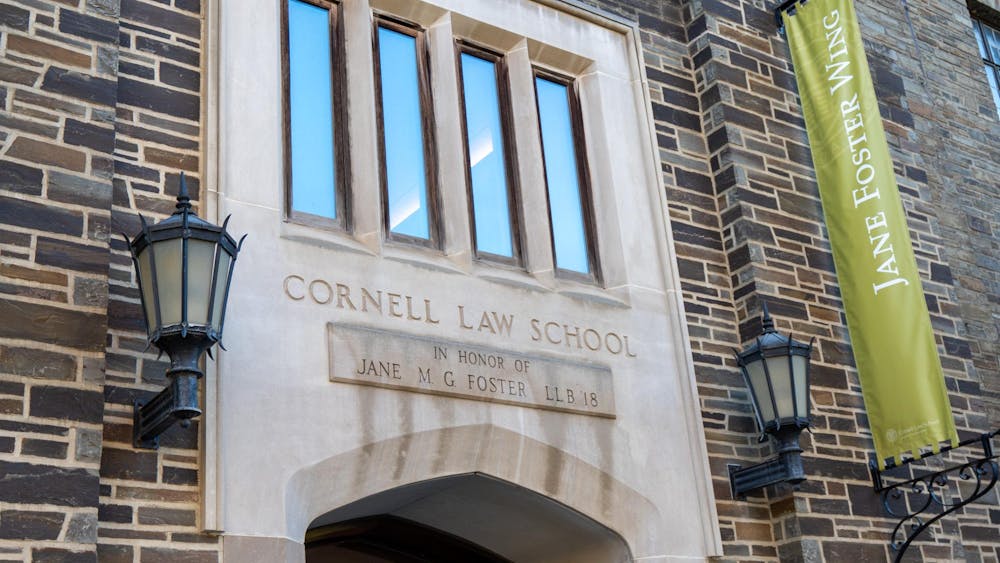Taught by Professor Jean Locey in the fall of 2017, ART 3604: Alternative Processes offers a stunning collection of works in Night Light, an exhibition held in Tjaden Hall. The class was an exploration of non-lens based photographic processes, centering around the creation of imagery through the painting of photosensitive emulsion on paper followed by a subsequent exposure to light. Kylie Corwin ’18, one of the five featured artists, remarks that, “this class challenges our contemporary perception of photography as a medium by teaching analog techniques that are not only historic but also labor intensive, thus enriching our appreciation for the physicality and vastness of the photographic medium.”
Originally used for the reproduction of diagrams and notes, the cyanotype is a photographic printing process that results in products with varying intensities of the titular cyan shade — hence the term, blueprint. However, the technique has since been extensively utilized by artists for a multitude of intentions. Jérai Wilson ’20 features this method in Recycled. Recycled is comprised of ghostly projections of a human form, revealing a beautiful exploration between the technical realizations of mirrorism, acuity, and evanescence.
Arranged in a matrix of two rows and three columns, the six photograms differ markedly in their execution and intentions. On the bottom right, the work displays a spectral form emerging from a lamp, a form whose torment is apparent from the stunning combination of the visage’s etchings and the much darker shadings upon its brow. The mouth is blurred out, with only a faint silhouette penetrating the obscured band of blue. The vaporous form’s tortured emergence from its vessel alludes to the inseparable association of the djinn and his lamp, a powerful link between the corporal anguish of desire and the mythological narratives that underlie it.
In another piece, In His Glory, Wilson utilizes kallitype — a technique that is conceptually congruent to that of cyanotype, but results in a brown print — in a series of three photograms. Though the works consist of printed digital negatives, the creatures that overlie them have been hand drawn and colored, juxtaposing the forms of red, white, and black, with the human subjects of the photos.
“Conceptually, I was really just trying to face feelings of memories, relationships, guilt and distance. A memory or photograph you have of someone is not the really multifaceted individual they are, it is only a frozen moment in time.” The artist explains, “I'm wary of letting memories overshadow who the person truly is. Often times, when dealing with death, people will place relatives or friends on pedestals and forget that they were also humans who made mistakes in life. I played heavily into the idea that these individuals were not perfect, that they had their own demons and problems, sometimes they were monsters. I was also thinking a lot about folktales, how these stories are retold so many times that the original story becomes lost in translation… similar to the identities and true nature of the people in the photographs.”
Comprising one half of one of the gallery’s walls are three works, each consisting of three photograms by Emma Scheinbaum ’20 that center around a female form. In one of the photogram sets, realized on rice paper, a human form is portrayed among the various habitats of her tropical setting. Scheinbaum comments, “my work focuses on the relationship between nature and natural elements with the structure and form of the human body… [the aforementioned three kallitypes] also use shadows as a way of abstracting and obscuring the body as well as mimicking it in the print with the shadow of a leaf over the rib cage.” The palm fronds’ curls — perhaps most vividly depicted in the rightmost of the three — are of particular salience to the works as a whole; the sensuous portrayal of the leaves’ curls mimic both the iterative nature of corporality’s relation to place and the passionate embrace of a body utterly at bliss with itself.
In an untitled cyanotype series, Scheinbaum places her subject in the blue matrix of the cyanotypes, the tonal decision of which conjures in the imagination a pelagic vastness surrounding the subject. In this way, the semiotics of the photogram evoke the oceanic ecstasy of a body whose exploration of itself is decentralized from not only the externalities of gaze but also the additional presence and implications of a another body. As a result, the normalization of conjugal relations — which has conventionally exerted its rigid taxonomy on corporal politics — is now questioned, as is our own relationship as spectators to the works themselves.
Hung against a window facing Fall Creek, Corwin’s Nana’s Lace, Grandpa’s Garden is a stunning cyanotype on cotton gauze. Featuring a kaleidoscopic array of motifs, the regularity of the lace patterns imbricate with the adjacent, yet seemingly effortless, arrangement of leaf prints; in this way, the cyanotype is a painfully sincere tribute to the nostalgic palpitations of childhood and the endless summers which defined it. But if we can, even for a moment, escape the pulsating aches of remembrance, the sunlight’s soft filtration through the interstices of the cyanotype’s design leads us toward that breathtaking confluence of the organic and the human, the spontaneous and the intentional.
It is in these sublime intervals in which the individualized body is decentralized from the perception of beauty and in turn, the aesthetic methodologies experience a shift toward the collective. In doing so, by honoring this divine interstice of the unconditional love of creative labor and of the universe whose wonder inspired it, beauty becomes its own creation.
Varun Biddanda is a junior in the College of Arts and Sciences. He can be reached at vdb22@cornell.edu.
Editor's Note: The exhibit can be found in the Olive Tjaden Gallery until Friday, February 23.

Night Light: Beauty in Methodologies
Reading time: about 6 minutes
Read More










